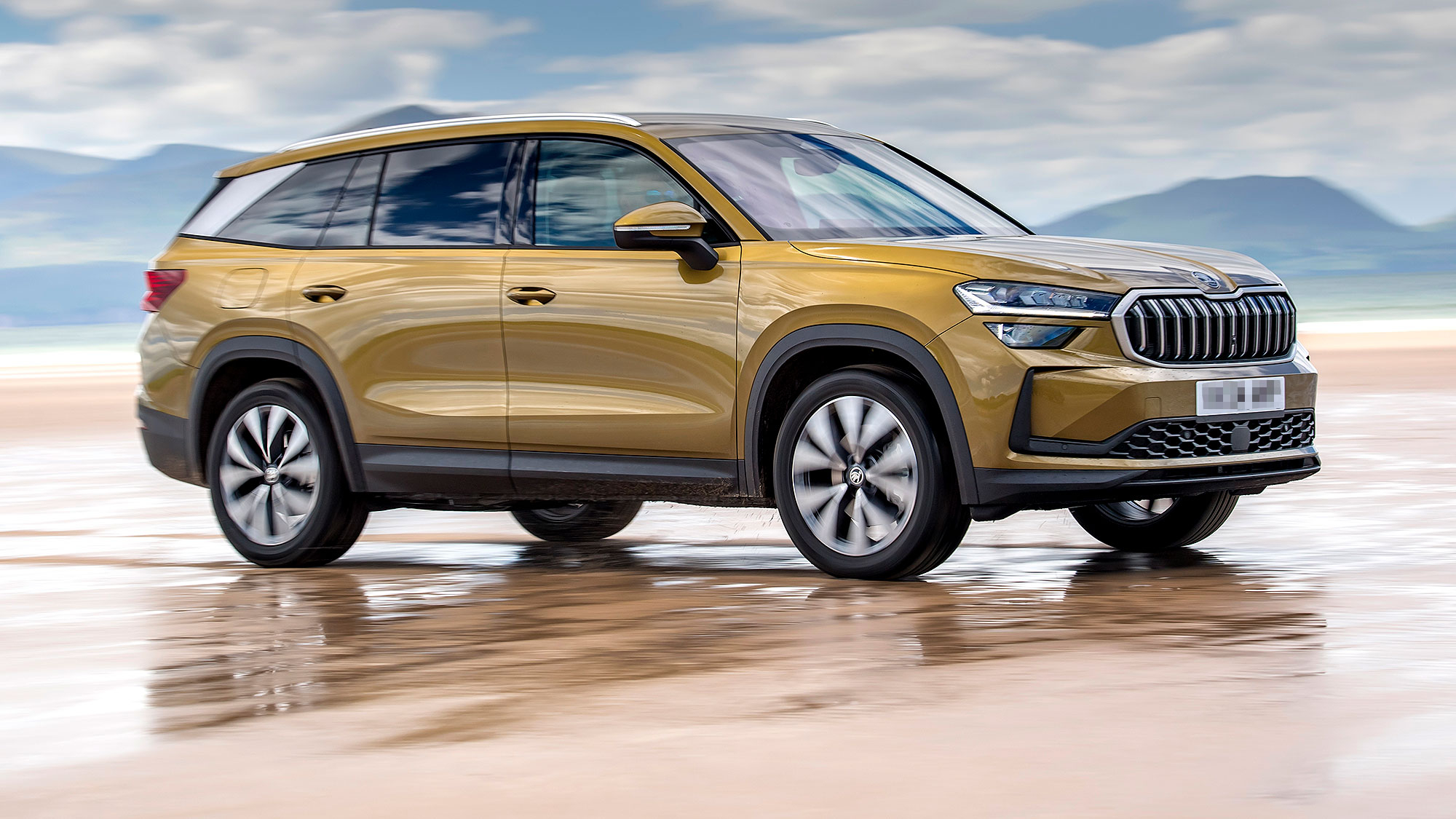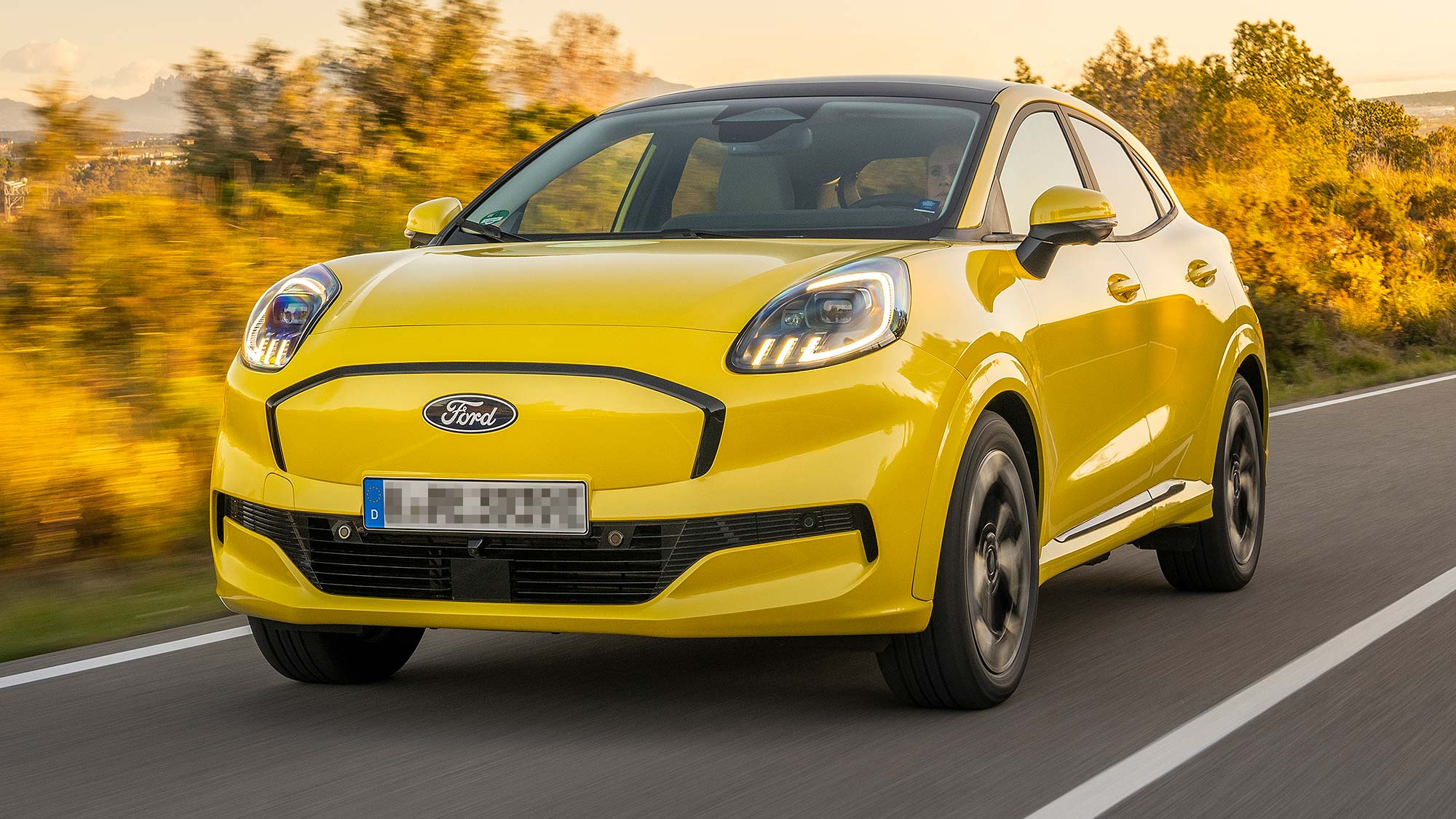When traction control was first introduced, it was very different from the current computer-operated technology. Cars on the road now use lots of sensors to manage the application of engine power to suspension systems and wheels.
The aim is to decrease the possibility of tyre spin and boost bad weather driving stability, which lowers the likelihood of spinning or sliding in your vehicle. While the purpose of any traction control system is identical, each motor manufacturer has a different approach to designing the mechanism to suit their cars’ performance.
Typical traction control systems and how they function
Traction control has been around in one form or another since the 1970s – and it gained popularity with high-end car manufacturers towards the end of the 1980s. Nowadays it’s found in most vehicles. A basic version found on rear-wheel-drive cars is known as a limited-slip rear differential. The system works to distribute power to whichever wheel has more grip, cutting down wheelspin. Limited-slip differential systems are still housed in performance-focused vehicles today.
Modern-day cars contain electronic traction control, which depend on sensors set into the anti-lock braking system (ABS) system. These sensors check the speed of the vehicle’s wheels and decide if any have lost grip. If the sensors identify that one wheel is revolving quicker than the others, it briefly lowers power to that individual wheel.
Some traction control systems use the brake attached to a wheel to reduce its speed. This is usually enough to reduce the pace of the whole car and enable the driver to reclaim control. Other traction control systems go further by decreasing the engine power sent to the wheel that’s lost grip.
It’s worth noting you can turn most traction control systems on or off via a switch either on the dashboard or the centre console — but more on that later.
Traction control’s function with ABS
We’ve already mentioned ABS and traction control, but it’s worth looking even further into this. While the anti-lock braking system (ABS) system operates when you’re attempting to stop your car, traction control kicks in when you try to increase speed.
For example, picture yourself stopped at a junction in queuing traffic on a snowy, icy, or wet road. It’s your turn to move forward, and you depress the accelerator pedal. Your tyres start to spin because they don’t have an adequate grip on the slippery road surface.
The traction control system begins functioning to decrease the speed of the tyres, so they get enough purchase on the road to push you forward. Your wheels stop rotating wildly and your vehicle begins to move onward. This is an illustration of traction control working in a given situation.
Don’t turn off traction control
Of course, the make of car you drive will govern the set-up for your vehicle’s traction control system. Although some motorists might switch traction control off to purposely spin their tyres, you should leave the system turned on all the time. After all, drivers who aren’t proficient in controlling a skidding car run the risk of having an accident.
Other car technology increasingly being fitted as standard
Happily, new vehicles have never been safer, and a lot of technology is incorporated as standard on cars, although this differs from model to model.
For instance, Electronic Brakeforce Distribution (EBD) is a development of ABS. The EBD delivers brake force among the wheels, which helps to reduce stopping distances while bringing the vehicle to a stop in a straight line.
Another example is Autonomous Emergency Braking (AEB). AEB is starting to be included as standard and will alert the driver to an approaching impact. If no braking action is detected, the AEB system will carry out an emergency stop to diminish the consequences of the collision.
Finally, Adaptive Cruise Control (ACC) is also gaining popularity as standard fit technology. This uses radar to keep a set distance from the vehicle in front. Should that car decelerate, the system will bring down the vehicle’s speed correspondingly. If the car moves away, adaptive cruise control will pick up the pace to the programmed cruising speed.
Car Search
If you are thinking about joining the Scheme, or you’re changing your Motability Scheme car, check out our range of vehicles here.
The Motability Scheme allows you to swap all or part of your mobility allowance for leasing a car, scooter or powered wheelchair. For more information about joining the Scheme, please use our eligibility checker and ask for a free information pack.
Related articles
Everything you need to know about Autonomous Emergency Braking
How Advanced Driver Assistance Systems (ADAS) can help drivers with disabilities
![]()
![]()





